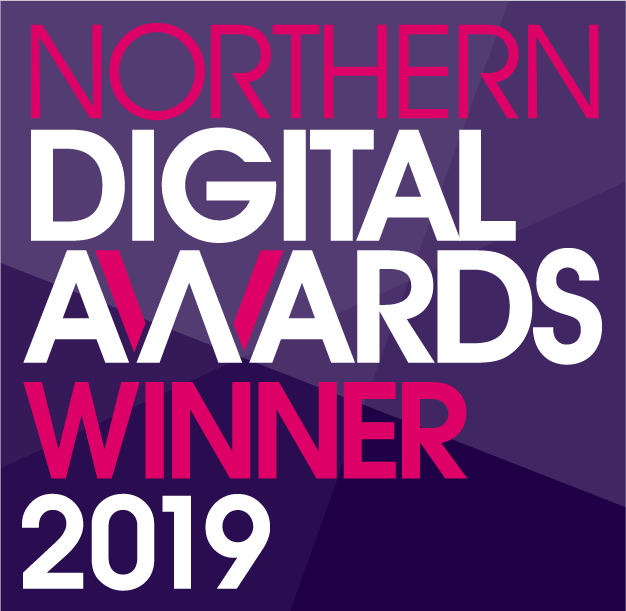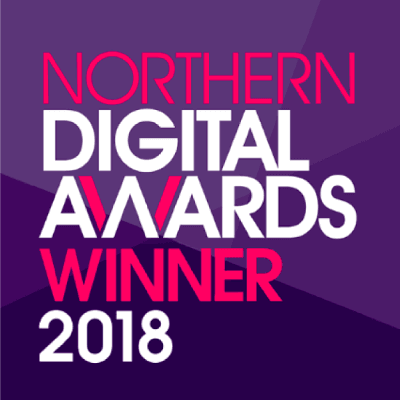Top Tips for Approaching Journalists in 2019
While every business would like to maximise the reach and authority of its brand, this can often be something that is outside of its existing resource or ability.
In the digital sphere, a key aim of many agencies is to offer that resource as part of a range of services designed to take provide businesses with a competitive advantage.
This means that every department, be that content marketing, paid media, technical SEO or other, relies on communicating with appropriate digital platforms and using their expertise and industry knowledge to ensure the smooth running of successful projects.
When it comes to that communication in online PR, building imperative media relations is key to gaining interest in stories. This means knowing how to firstly capture the interest of those in control of the platform you’re targeting (in this case the influencer) and secondly those consuming their media (the reader).
Making initial contact with such influencers is one thing, but it’s creating and maintaining those relationships that will cut through the noise of the hundreds of emails a journalist receives each day.
We’ve taken a look at some key learnings, top tips and future predictions we believe work wonders for building solid media relationships.
Off the grid journalists
Like many agencies, here at Blueclaw we have access to multiple media databases that allow us to keep up with the comings and goings of journalists internationally every day.
That’s not to say this includes each one and every one of them; in 2016, there was a huge surge in freelance journalists in the UK, almost doubling from 18,000 in 2015 to 34,000 - which is only expected to grow. But it means engaging with those who are central to the sectors they operate in and have a voice that cuts through the noise.
Often, it can be the freelance journalists that pop up out of nowhere with viral stories and make you think ‘‘I need that person in my little black book’. However, these journalists may not even be based in the country you’re expecting or have a profile on the database you’re using. In these cases, searching for them on Twitter or doing some extra digging may get you the contact details you need. You may ask, though: “What if I can’t find a journalist’s details ANYWHERE?” which can often happen.
You’ve seen a great story covered by a national online newspaper, yet no matter how much digging you do, they seem to be well and truly off the grid. One simple tip is to start by contacting the newspaper the journalist was featured on, who sparingly sometimes hold their details or at least some further information.
Another tip is to search their name on databases such as Muck Rack, which is a tool that identifies new reporters and what they’re talking about – although this is a paid-for service, each profile reveals some level of free information.
This applies as much to journalists themselves - if you want to be seen and heard, then having your profile as visible as possible is a good start.
Pitch more
By saying ‘pitch more’ we don’t just mean extending your media list or getting better at pitching, but pitching in multiple stories or angles at one time. Naturally, PR pros can get a little wrapped up when it comes to selling in one story due to deadlines and the nature of the job. However, receiving a decline can sometimes be a blessing in disguise.
By asking open questions and finding out what else the journalist is working on, or for feedback on why it’s not for them, you’re not just cutting off the phone and left thinking that the relationship is no more.
We understand that an influencer’s time is precious, but by simply asking what else they may be working on, you’re more likely to get a response that will be valuable to another campaign or a colleague that is working on something else that could help. This also helps in the long term to learn about the individual’s wants and needs as a writer.
Opinion-led writers
We said it, and it all comes back to the point of really getting to know who you’re talking to. There have been many examples, more recently, of journalists branching out their content to be much more opinion-led and really finding their voices. Take the Huff Post, for example.
Besides its breaking news, a lot of its posts are authors expressing their opinions about different trends, politics and events. Readers then get to know the style of writing and are consistently engaged because they like a certain tone of voice and what people have to say.
This therefore means that journalists care about their own reputation more than ever, and must keep up with their own style. Sometimes it works to translate your campaign or asset into a topic that openly asks for a discussion, allowing this new era of journalists to give their own take of things.
This tactic can also sometimes work when it comes to the brand. For example, a budget brand or a less well-known brand can sometimes be less likely to receive media coverage due its name alone.
In these cases, it’s important to justify why the client has created a piece. By illustrating that it’s relevant to topics the journalist has touched on before, you’re showing that you listen and care, and that the material resonates with their audience. This all contributes to having confidence in your idea and getting that all-important coverage.
For more information on Blueclaw’s PR & outreach services and how to secure wide-ranging coverage and links for your brand, click here.






